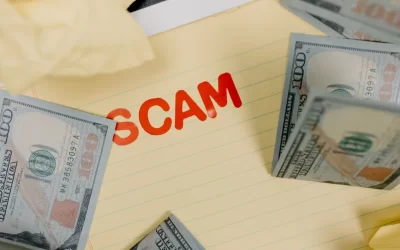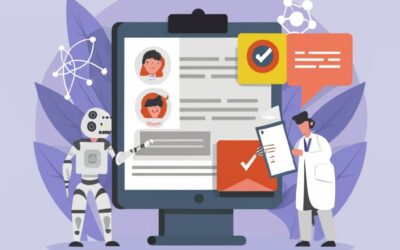
Congratulations! You finally finished that story. Now what?
Whether you think it’s a terrible first draft and you’re unsure what to do next or it’s your sixth rewrite and you’re ready to send it to publishers, the next step should be editing. But what kind of editing is right for you?
Editing, particularly in the self-publishing world, goes by many different names, but it can usually be broken down into two categories: story-level editing and language-level editing. Story-level editing focuses on improving the plot and writing style of your story. You can think of this level of editing as a more in-depth form of the feedback you would receive from a writing group. Language-level editing aims to correct grammar, find typos, and check for formatting and consistency errors.
Within each broad category of editing, there are a variety of terms for various types of editing. Below, I break down some of the most common editing terms in self-publishing.
Story
Developmental editing (aka story, content, structural, or substantive editing) examines your story as a whole, looking for plot holes, narrative flow, strengths and weaknesses, and general areas for improvement. Some developmental editors also point out grammatical errors or mark up a manuscript as they provide feedback, while others provide a report with examples from the text. This level of editing is substantial and will often require rewriting at least some part of your story, if not the whole thing. If you will be submitting your work for multiple editing passes, it is recommended you do this one first.
Line editing (aka stylistic editing) focuses on writing style and clarity. Line editing aims to improve style, tone, word choice, readability, and so on, but will not focus as much on grammar or the internal consistency of the story.
Substantive editing, sometimes considered the same as developmental editing, refers to a heavy copyedit that is combined with a line edit and also touches on story issues. It may not be as comprehensive as a full developmental edit but is a grab-bag of editing that covers a lot of ground, although perhaps not as in-depth. This kind of edit is time-consuming as the editor must focus on a variety of considerations with every sentence they read.
Manuscript evaluation (aka assessment or critique) is also a type of story-level editing. However, it typically results in a report or letter that details broad feedback on your story, rather than a marked-up copy of your writing. It can be a useful first step for a writer who has finished their first draft but is unsure if the work has merit.
Language
Copy editing is a close edit of your text that focuses on grammar, punctuation, typos, and so on, while checking for internal consistency (e.g., a character’s eye color).
Proofreading traditionally refers to the final check of the “proof” after a piece of writing has been formatted and typeset on the page. Some editors do mean this kind of edit when they advertise their services. However, many writers have come to think of proofreading as a final check prior to sending their work off to the printer or officially self-publishing. Therefore, proofreading can also refer to a light, final edit that checks for typos, spelling errors, and other minor mistakes without doing an in-depth copy edit.
Miscellaneous
Book coaches will often do all of the previously mentioned editing and will guide you through the writing process, providing feedback from the first draft to the final draft and encouraging you throughout the process. This service is useful for a novice writer.
Alpha and beta readers (or advanced copy readers) do not edit. They will read your story and provide feedback as a reader. Some may point out obvious errors but these readers should not be relied on for “free” edits. Furthermore, you should have your work edited to some degree before asking a stranger to read it and provide feedback. If they are distracted by grammatical errors, they will be less able to focus on the story they are reading.
Before hiring an editor, think carefully about what your writing needs. Even if you think you’re the best writer in the world, it never hurts to have another set of eyes on your work before it is published. Don’t hesitate to ask an editor for clarification if you aren’t sure what they mean by the terms they are using.
Ready to hire an editor? Check out our author services page to see if we’re a good fit for you!




